DesignMorphine MSc Computational and Advanced Design - Project Arcadia
Project Overview
Project Arcadia represents the culmination of my Master’s degree in Computational and Advanced Design. This project explores the intersection of parametric design, environmental responsiveness, and architectural form-finding through computational methods.
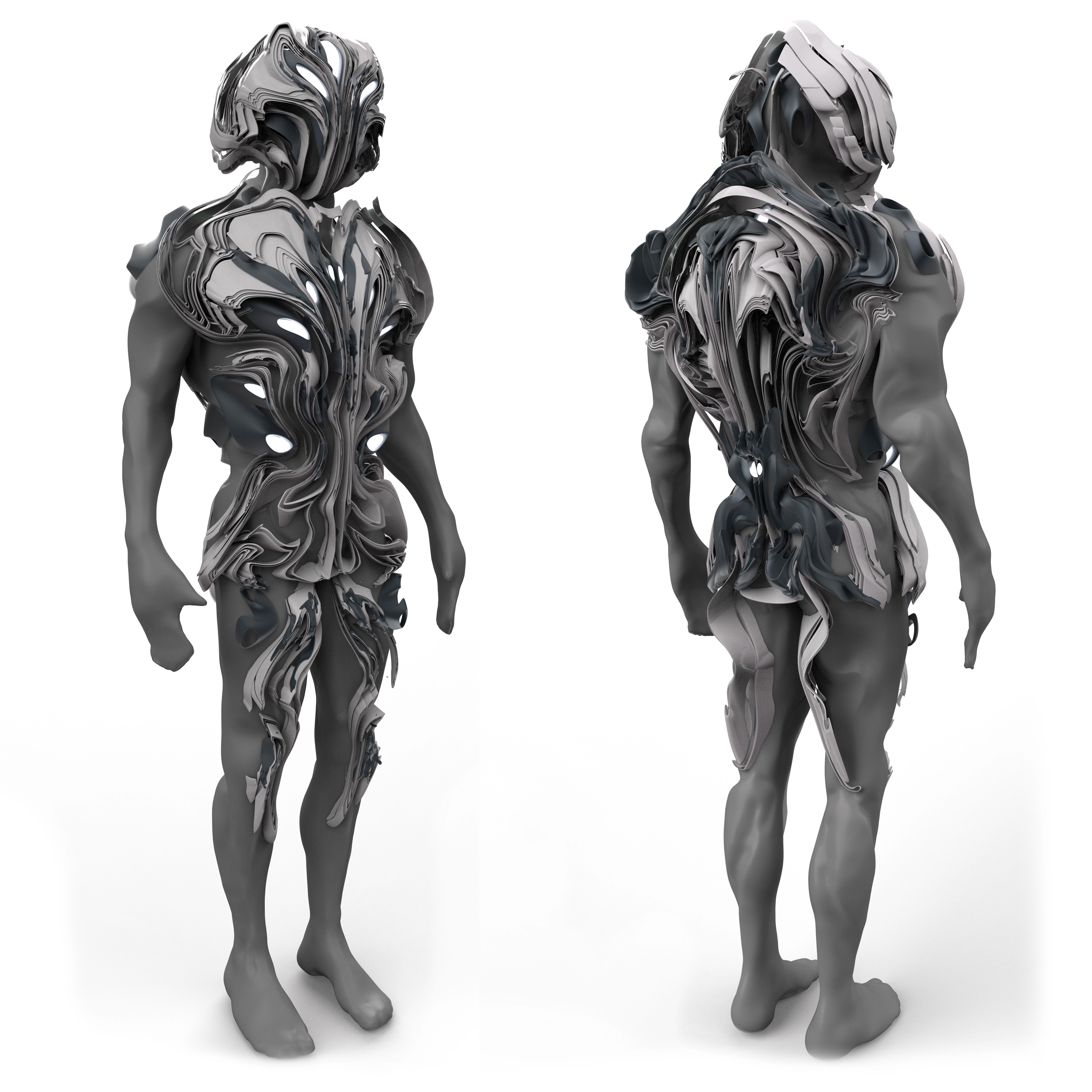 Main project visualization showcasing the parametric structure
Main project visualization showcasing the parametric structure
Design Process
The project began with extensive research into responsive architectural systems and how computational tools can be used to create adaptive structures that respond to environmental conditions.
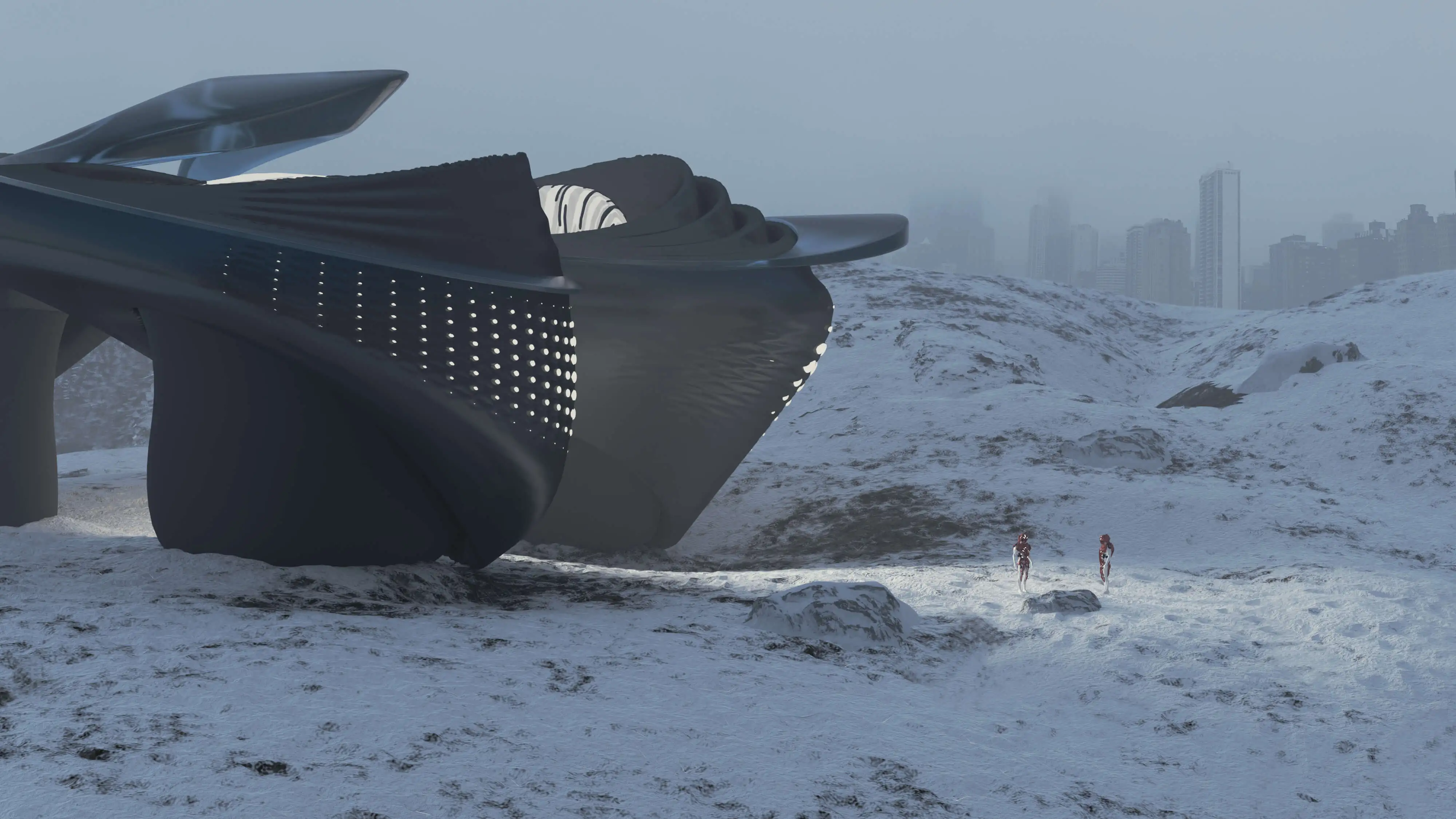 Initial research and conceptual framework development
Initial research and conceptual framework development
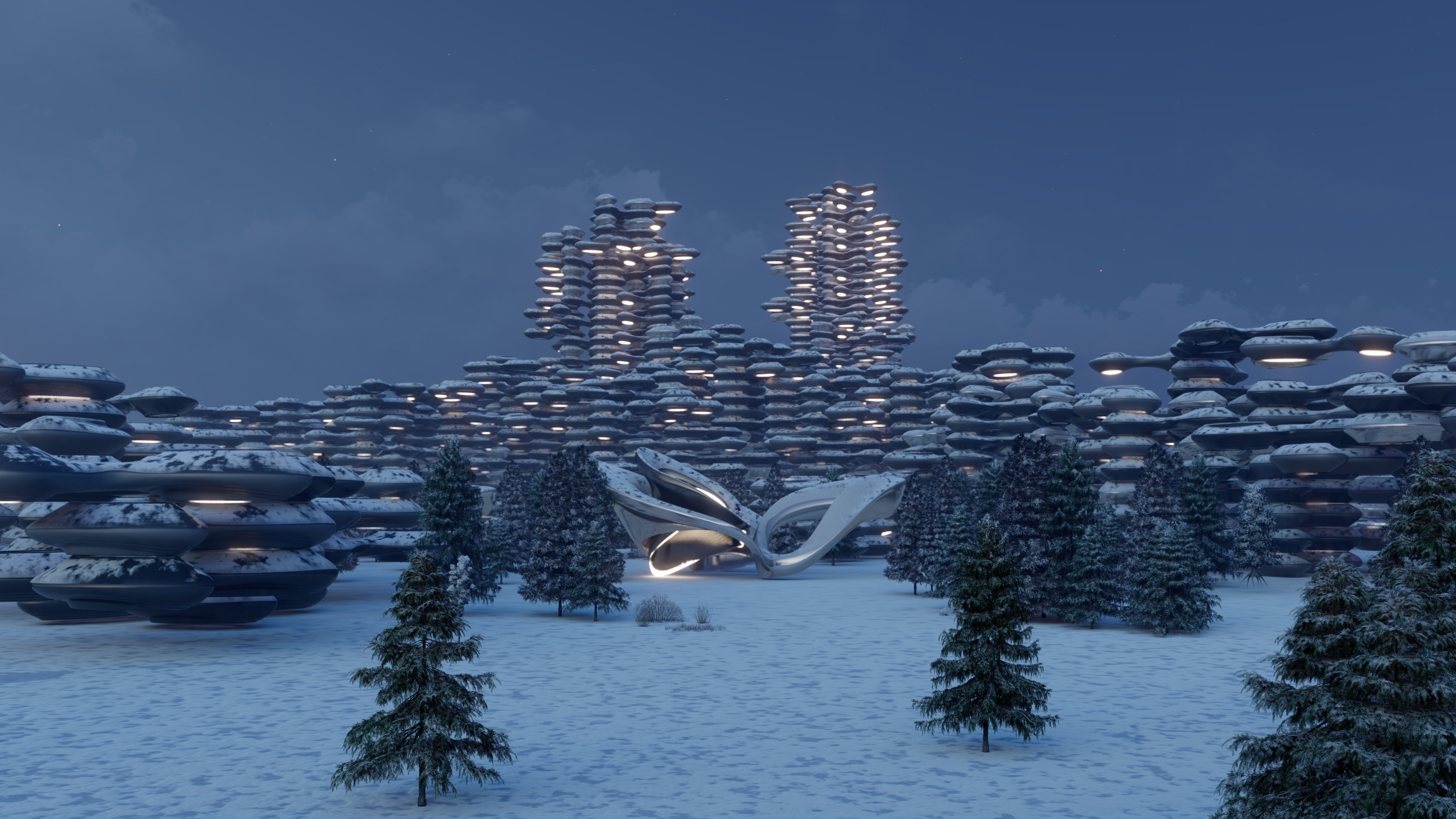 Computational methodology and parameter exploration
Computational methodology and parameter exploration
Computational Framework
The design framework was built using Grasshopper and custom Python components, allowing for real-time parameter adjustments and form optimization based on environmental data inputs.
 Computational design framework and parameter relationships
Computational design framework and parameter relationships
Development Phases
The project evolved through multiple iterations, each refining the relationship between form, function, and environmental responsiveness.
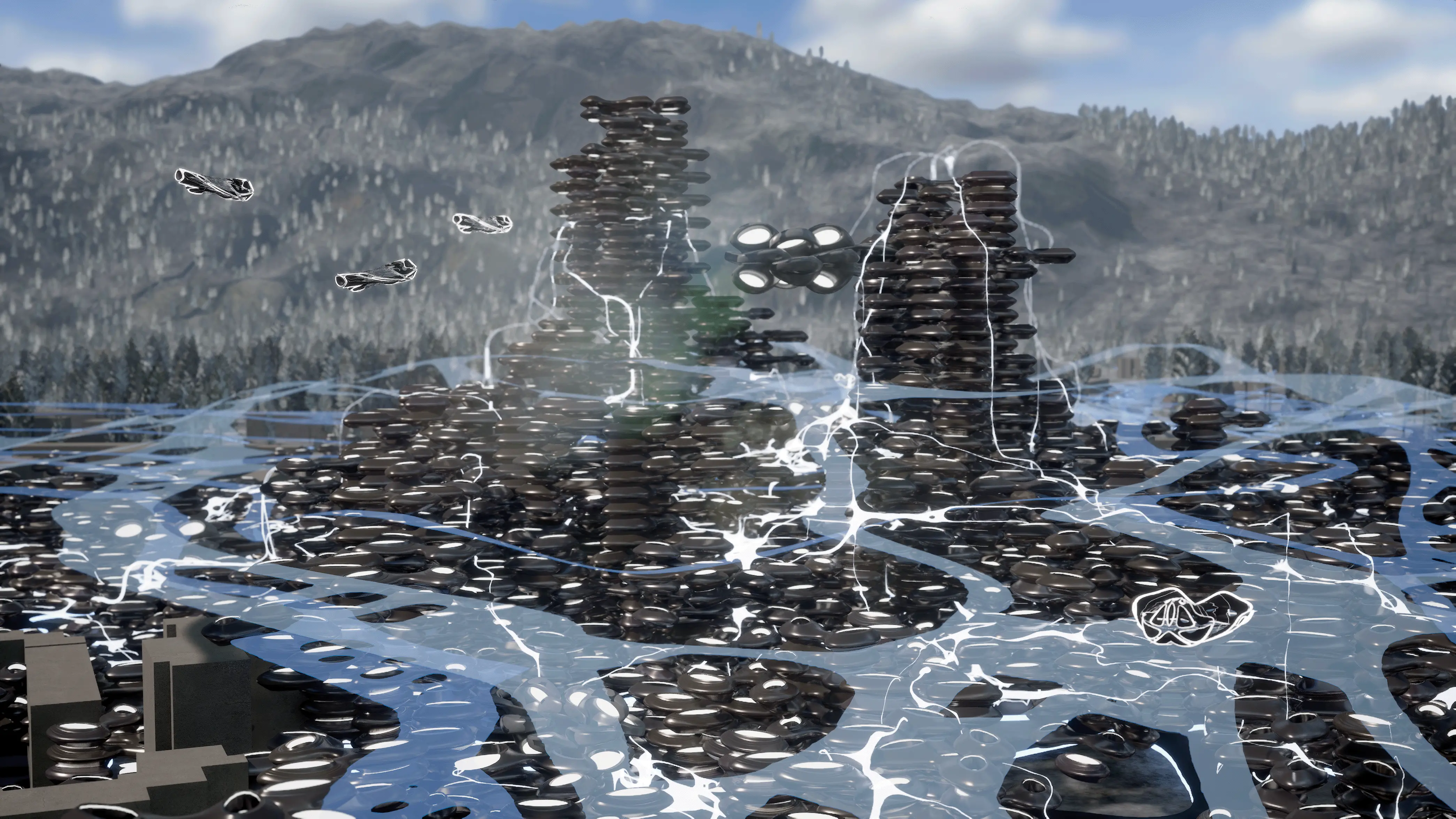 First iteration exploring basic parametric relationships
First iteration exploring basic parametric relationships
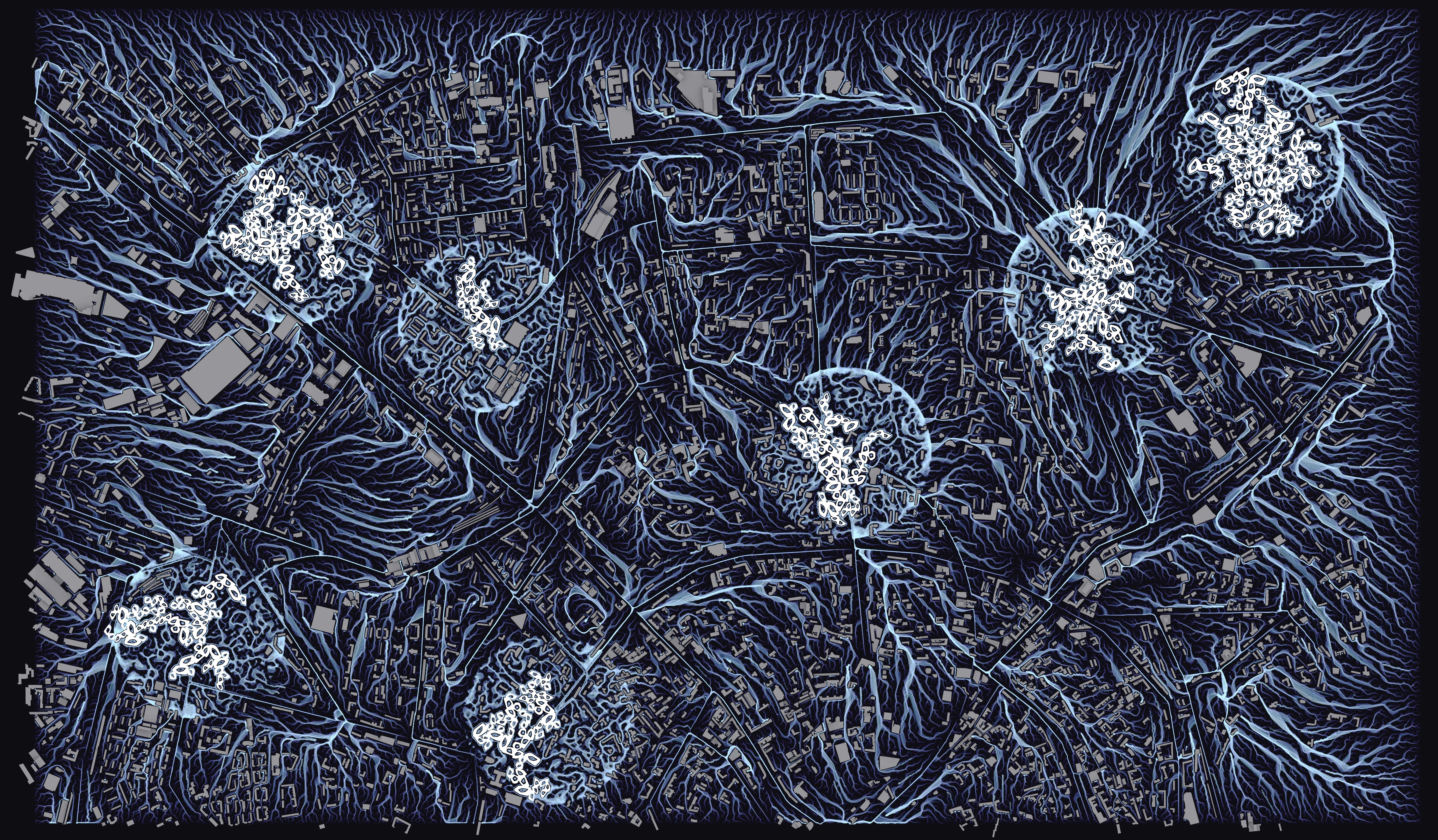 Refinement of environmental response mechanisms
Refinement of environmental response mechanisms
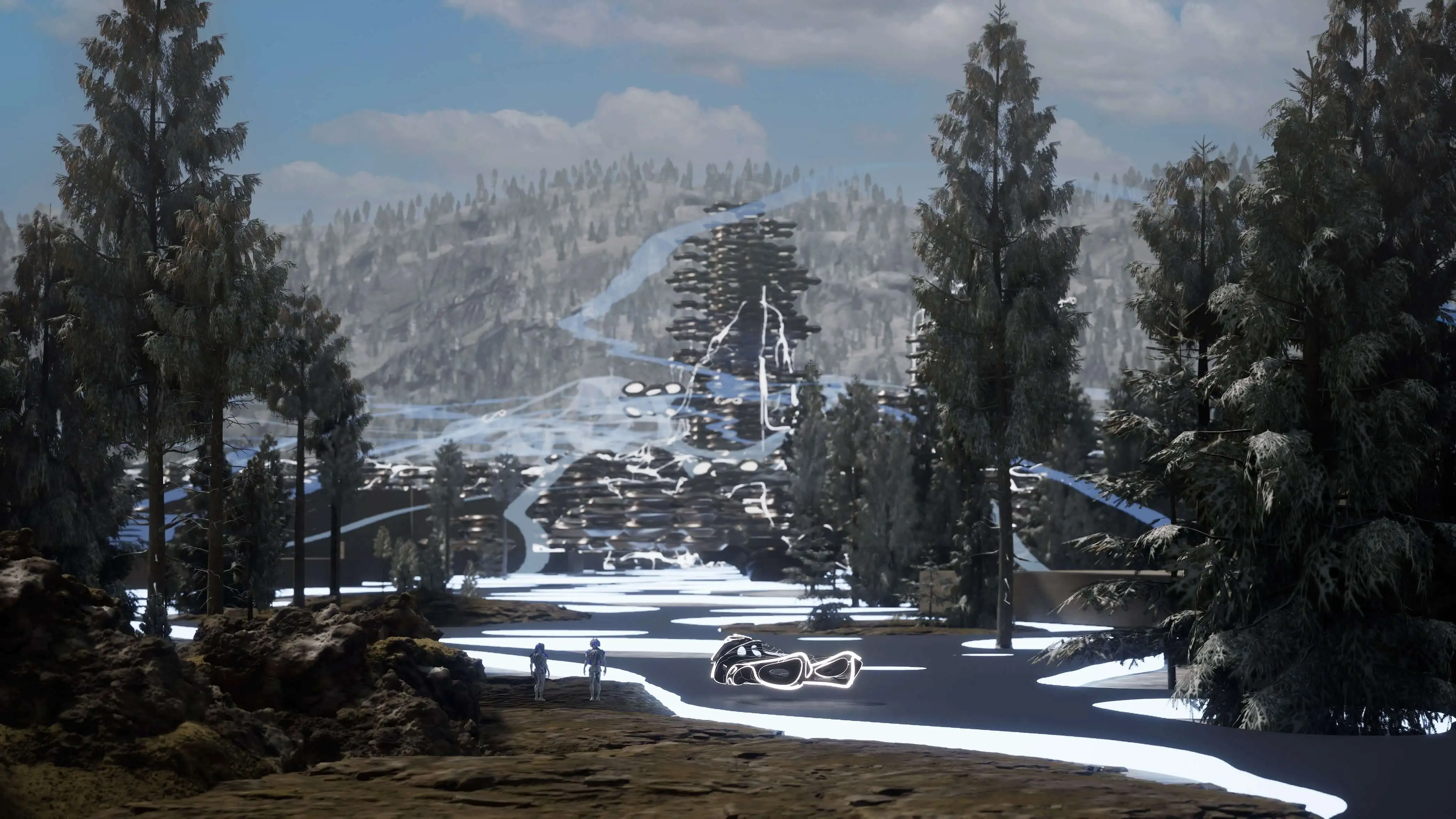 Advanced optimization and performance testing
Advanced optimization and performance testing
Work in Progress
Development process and iterative design exploration
Final Design
The final design demonstrates a successful integration of computational design principles with architectural sensibility, creating a structure that is both formally compelling and environmentally responsive.
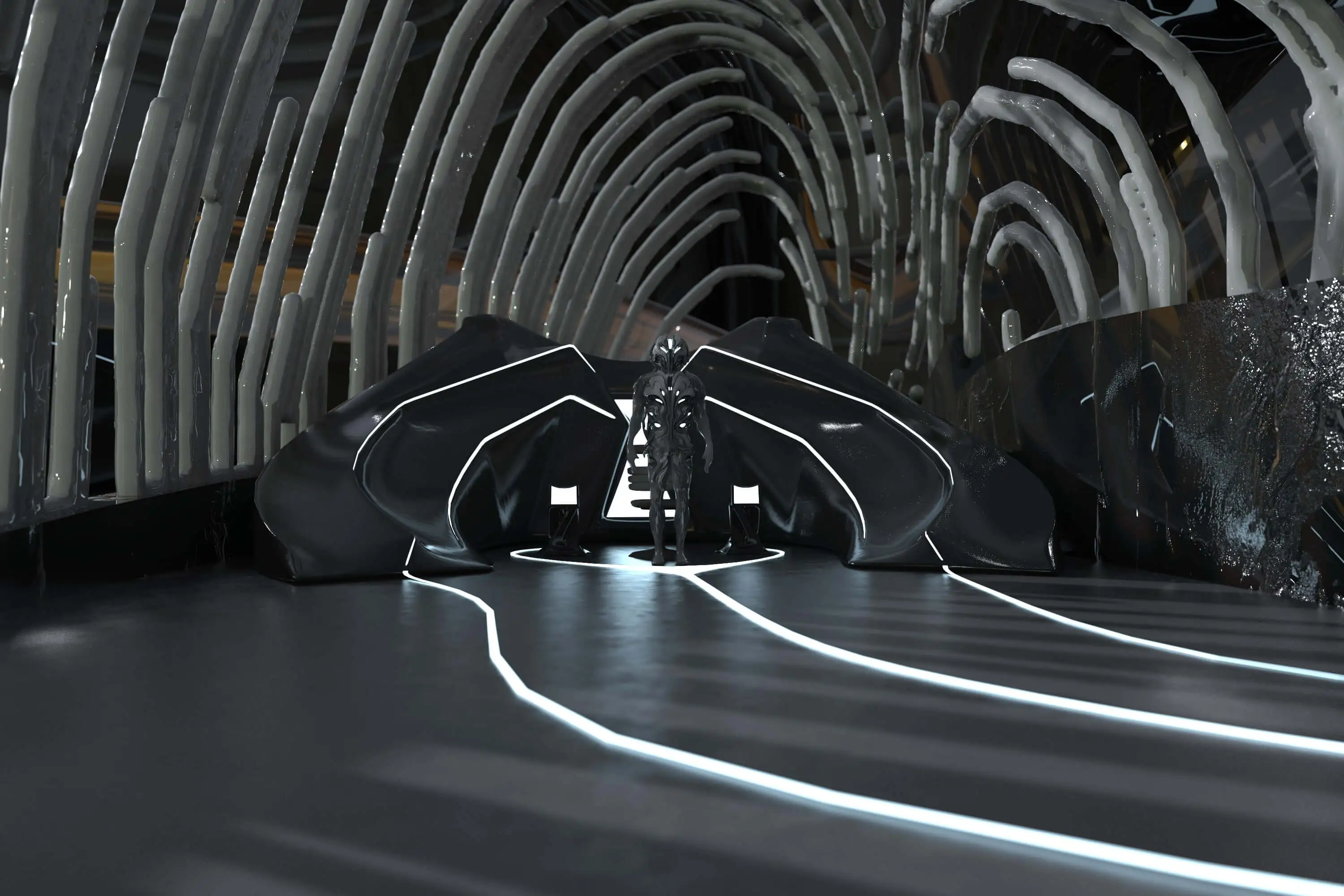 Final design render showing the completed parametric structure
Final design render showing the completed parametric structure
Project Video
Final project presentation showcasing the complete design process and outcomes
Technical Implementation
- Parametric Modeling: Grasshopper for visual programming
- Environmental Analysis: Climate data integration for responsive behavior
- Form Optimization: Python scripting for performance-based design
- Visualization: High-quality rendering pipeline for presentation
Key Learnings
This project taught me the importance of balancing computational complexity with design intent, and how parametric tools can be used not just for efficiency, but as a creative medium for architectural exploration.
